E-commerce Growth
The rapid growth of e-commerce is significantly impacting the FMCG Packaging Market. As online shopping continues to gain traction, the demand for packaging that ensures product safety during transit is increasing. In 2025, it is projected that e-commerce sales will account for a substantial portion of total retail sales, necessitating the development of packaging solutions that are not only protective but also visually appealing. This shift is prompting manufacturers to innovate in packaging design, focusing on materials that are lightweight yet durable. Additionally, the FMCG Packaging Market is witnessing a rise in demand for packaging that enhances the unboxing experience, as brands seek to create memorable interactions with consumers. This trend is likely to drive further investment in packaging innovations tailored for the e-commerce sector.
Regulatory Compliance
Regulatory compliance is a critical driver in the FMCG Packaging Market, as governments worldwide implement stricter packaging regulations. These regulations often focus on safety, environmental impact, and labeling requirements. In 2025, it is expected that compliance with these regulations will become increasingly complex, pushing companies to invest in packaging solutions that meet legal standards while also appealing to consumers. This trend is prompting manufacturers to adopt transparent practices and invest in sustainable materials that align with regulatory expectations. As a result, the FMCG Packaging Market is likely to see a shift towards more responsible packaging practices, which not only comply with regulations but also enhance brand reputation and consumer trust.
Personalization Trends
Personalization trends are emerging as a key driver in the FMCG Packaging Market. Consumers are increasingly seeking products that reflect their individual preferences and lifestyles. This demand for personalized packaging is prompting brands to explore innovative designs and customization options. In 2025, it is anticipated that personalized packaging will account for a significant share of the market, as companies leverage data analytics to understand consumer behavior better. This trend not only enhances customer engagement but also fosters brand loyalty, as consumers feel a stronger connection to products that resonate with their identity. The FMCG Packaging Market is thus adapting to these trends by offering customizable packaging solutions that cater to diverse consumer needs.
Sustainability Initiatives
The FMCG Packaging Market is increasingly influenced by sustainability initiatives. Consumers are becoming more environmentally conscious, leading to a demand for eco-friendly packaging solutions. In 2025, it is estimated that over 60% of consumers prefer products with sustainable packaging. This shift is prompting manufacturers to adopt biodegradable materials and reduce plastic usage. Companies are investing in innovative packaging designs that minimize waste and enhance recyclability. As a result, the FMCG Packaging Market is witnessing a surge in the development of sustainable packaging technologies, which not only meet consumer expectations but also comply with stringent regulations aimed at reducing environmental impact. This trend is likely to continue, as businesses recognize the potential for sustainability to drive brand loyalty and market differentiation.
Technological Advancements
Technological advancements are reshaping the FMCG Packaging Market, enabling more efficient and innovative packaging solutions. Automation and smart packaging technologies are becoming prevalent, enhancing production efficiency and reducing costs. In 2025, the market for smart packaging is projected to grow significantly, driven by the integration of IoT and RFID technologies. These advancements allow for real-time tracking and improved supply chain management, which can lead to reduced waste and enhanced product safety. Furthermore, advancements in materials science are leading to the development of lighter, stronger, and more sustainable packaging options. As technology continues to evolve, the FMCG Packaging Market is likely to see increased investment in research and development, fostering a competitive landscape that prioritizes innovation.


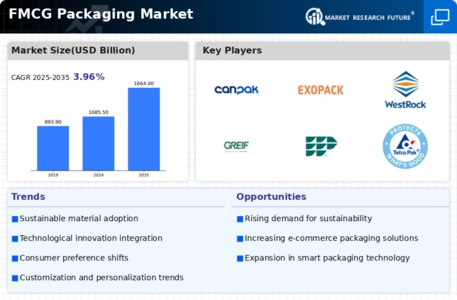
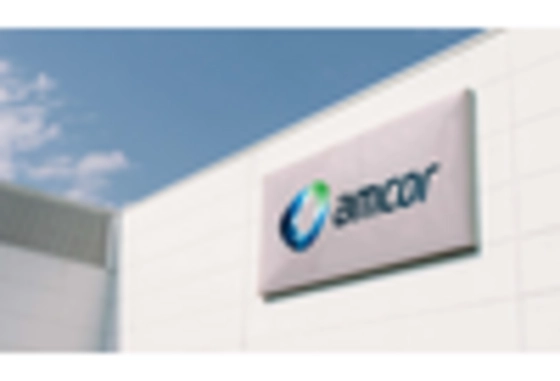
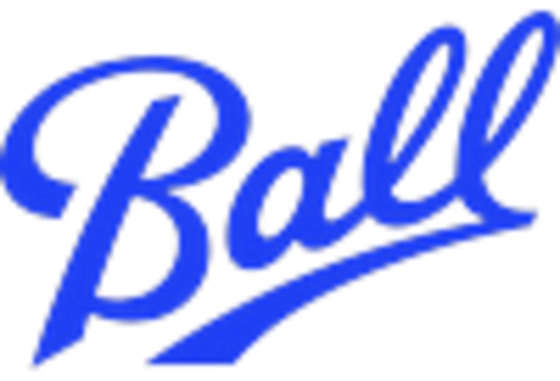
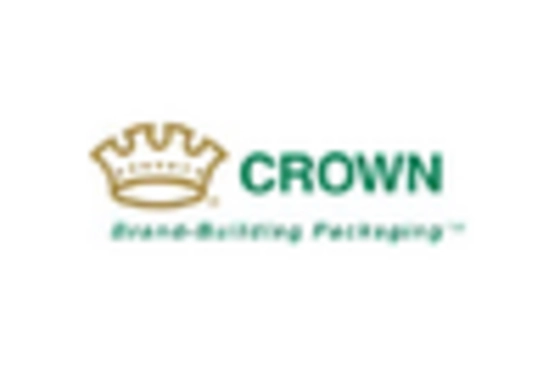
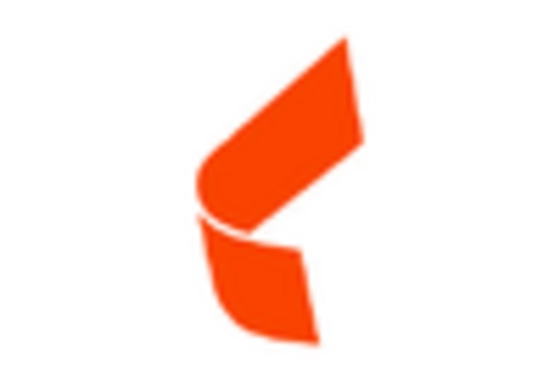










Leave a Comment